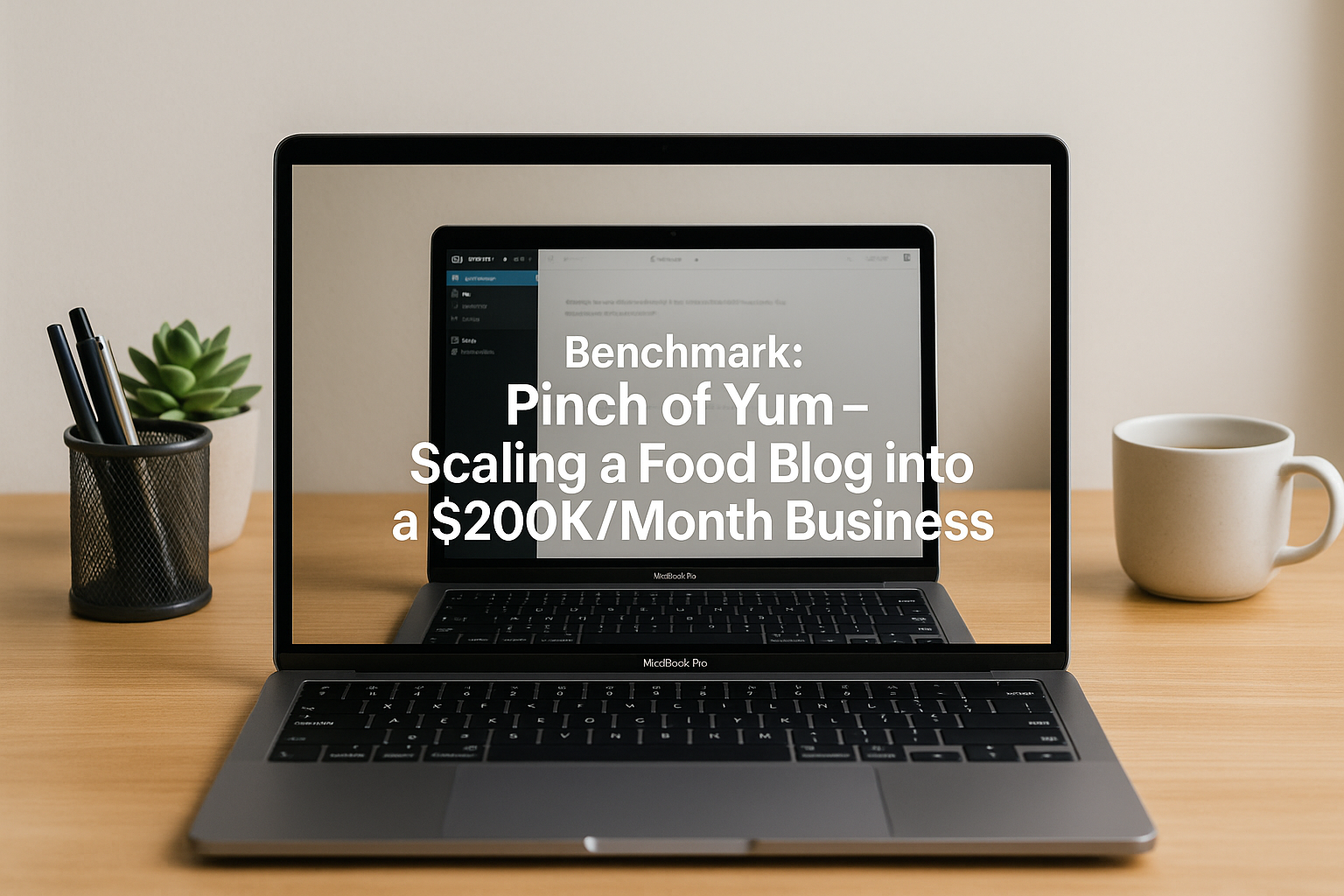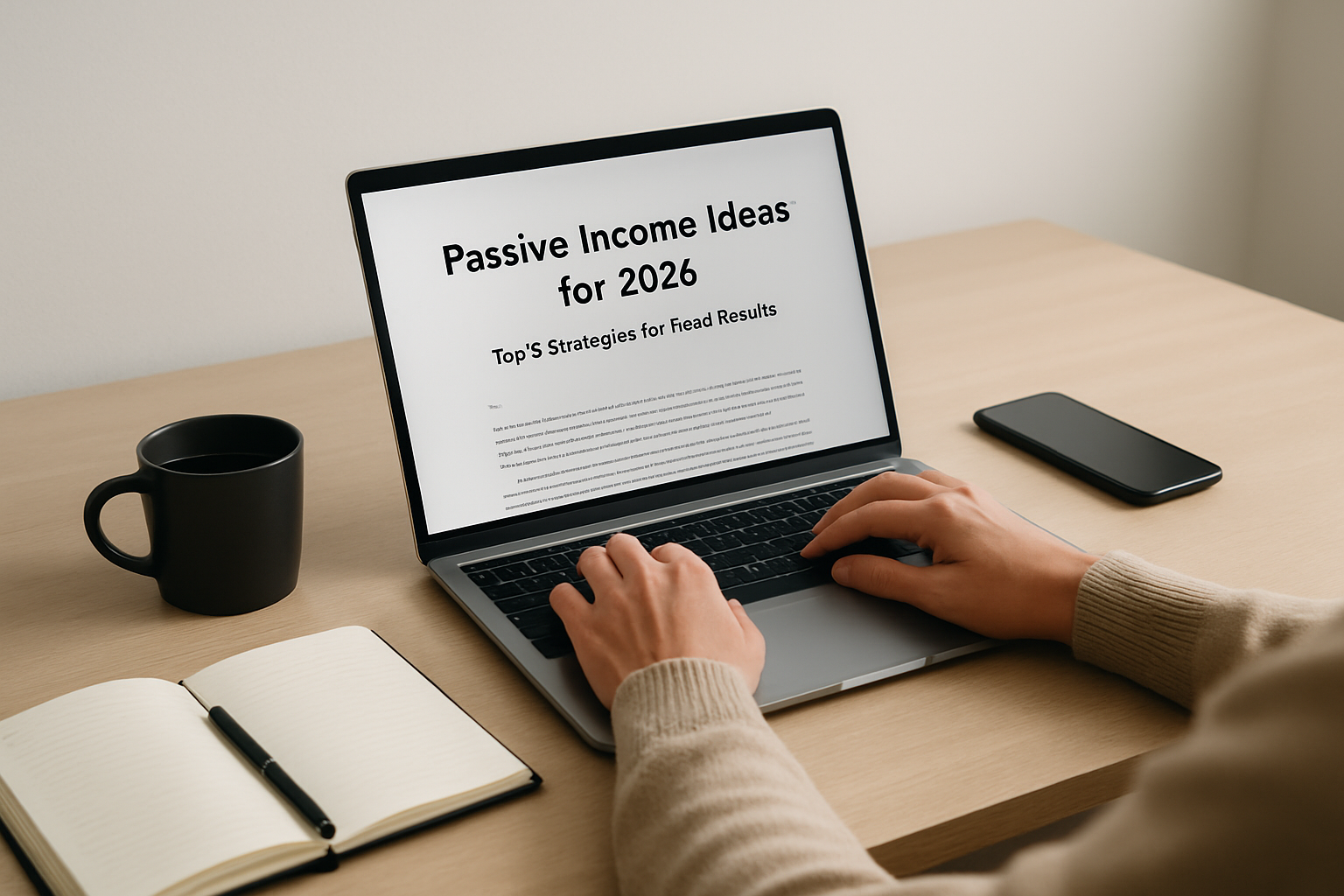If you’re aiming to turn your WordPress blog into a real source of long-term income starting today, forget the theory. The world’s highest-earning blogs didn’t get there by writing academic essays — they focused on helping people make real money, solve urgent problems, and act immediately. This guide is based on what actually works.
- Create Content That Solves Immediate Problems
People don’t search for “the history of passive income.” They search for “how to make $500 this week from home.” Focus every post on solving an urgent, specific, practical need. For example:
- How to set up affiliate links in 10 minutes and earn your first commission
- Where to sell digital products with zero upfront cost
- The fastest way to start a niche blog that brings traffic in 7 days Include real steps, no fluff, and examples that have worked for others.
- Use Income Channels That Work in 2025
Don’t rely on generic display ads. The top blogs today are making real income through:
- High-converting affiliate programs (look for 30%+ commissions)
- Evergreen digital products like Notion templates, printables, or niche guides
- Email sequences that upsell useful tools or services
- Monthly community memberships or workshops Test different streams, but keep the ones that pay consistently.
- Mobile-First UX That Sells
Over 70% of global traffic is mobile. If your site is slow, cluttered, or hard to navigate, you’re losing readers and money. Use a clean layout with a visible call-to-action (CTA). For example:
- Pin a “Free Download” button on top
- Link to income-generating pages in your menu bar
- Show recent posts with income potential right on the homepage
- Convert Visitors into Subscribers – Fast
Your email list is your bank account. Offer something people need right now:
- “Free 3-Day Passive Income Starter Kit”
- “Download 10 High-Performing Blog Post Templates” Keep the opt-in simple. Send a welcome sequence that includes:
- What to expect from your emails
- One high-value income tip per day for 5 days
- One product or service they should act on now
- Track What Brings Revenue — and Scale It
Most bloggers fail because they track page views, not profit. Go deeper:
- Which blog posts lead to the most affiliate sales?
- Which emails get clicked the most?
- Where does your highest-converting traffic come from? Use tools like ConvertKit, PrettyLinks, and Google Tag Manager. Remove what doesn’t work and double down on what does.
Final Note: This isn’t theory. These are field-tested, income-producing strategies used by top bloggers making 5–6 figures monthly. Copy what works. Simplify what doesn’t. Write to serve real people — and you’ll make real money.
Start now. Today’s post could be your first profitable one.





